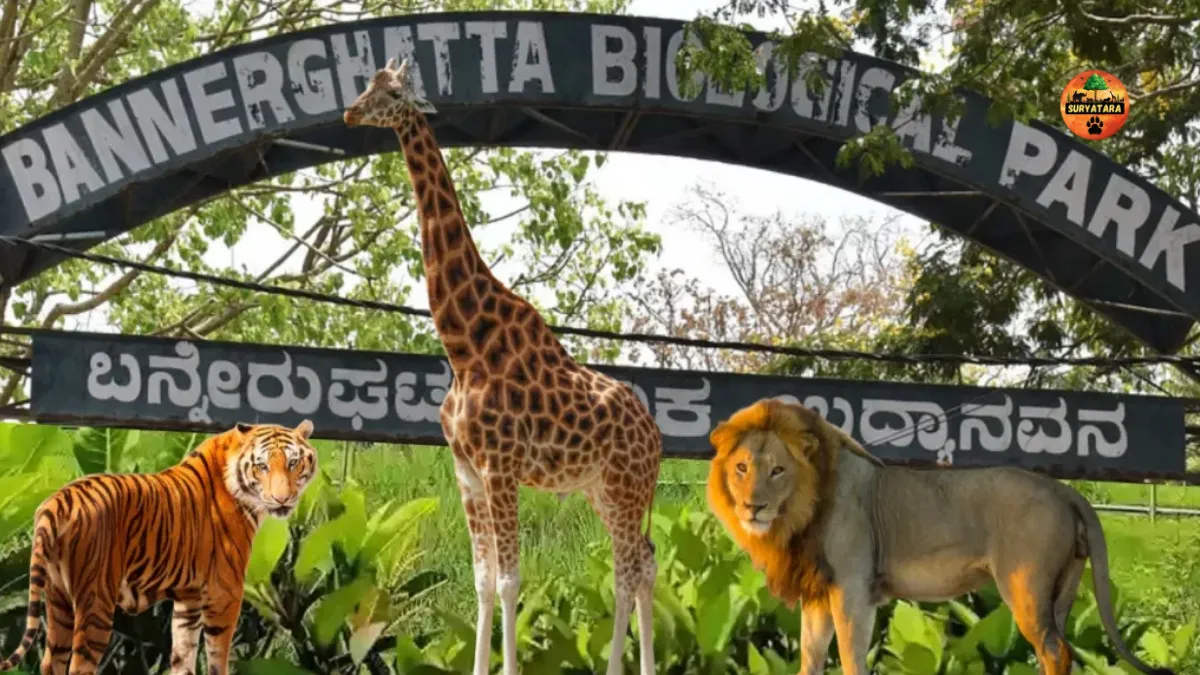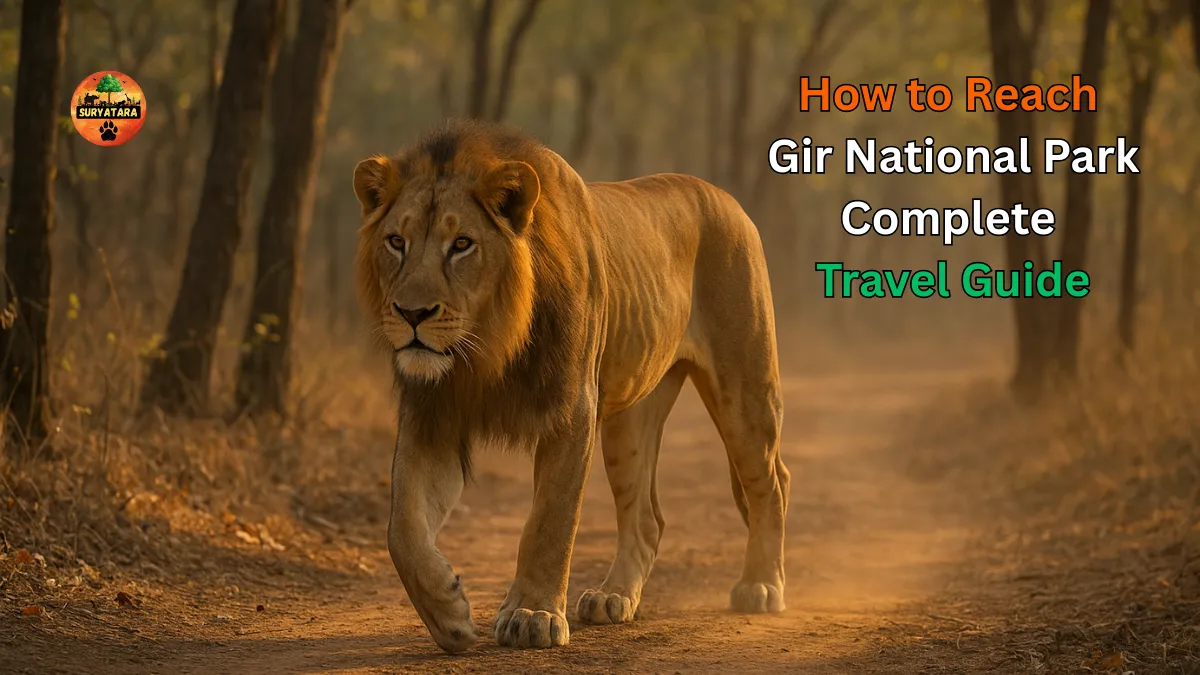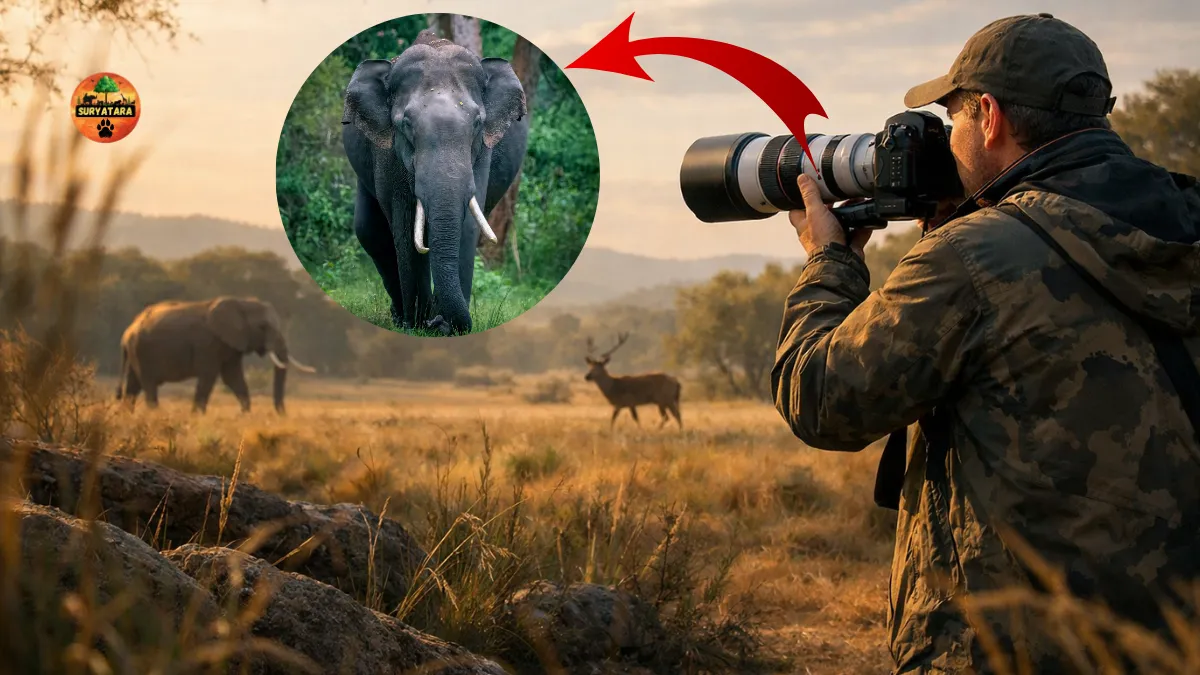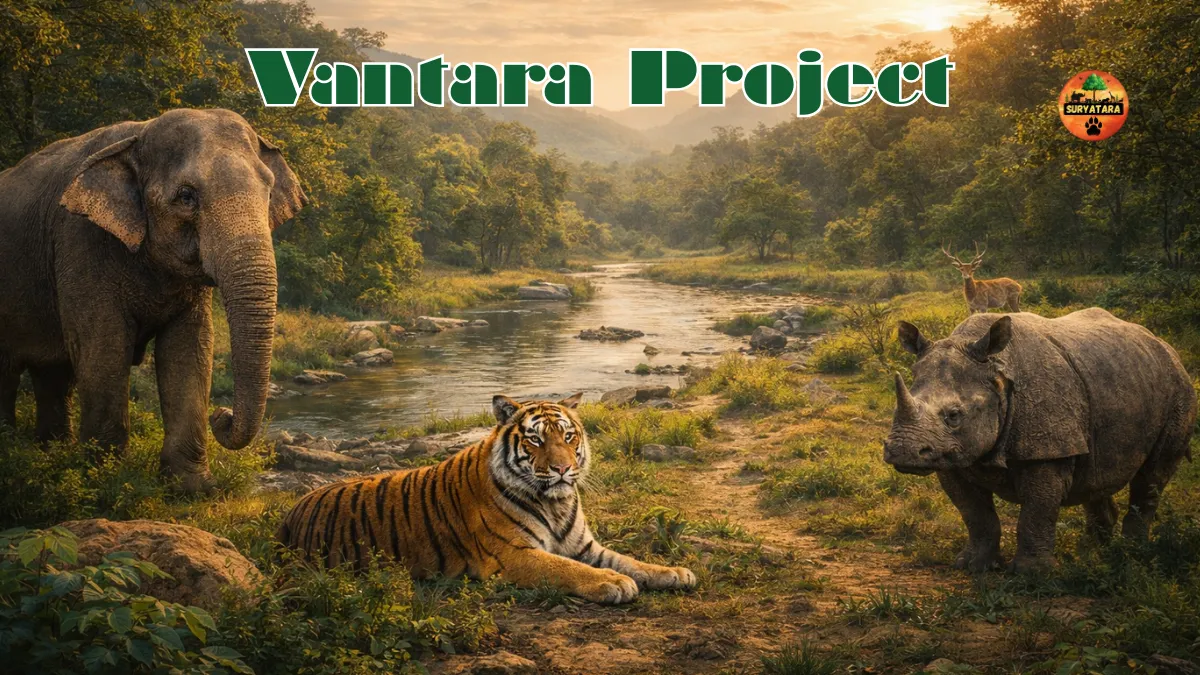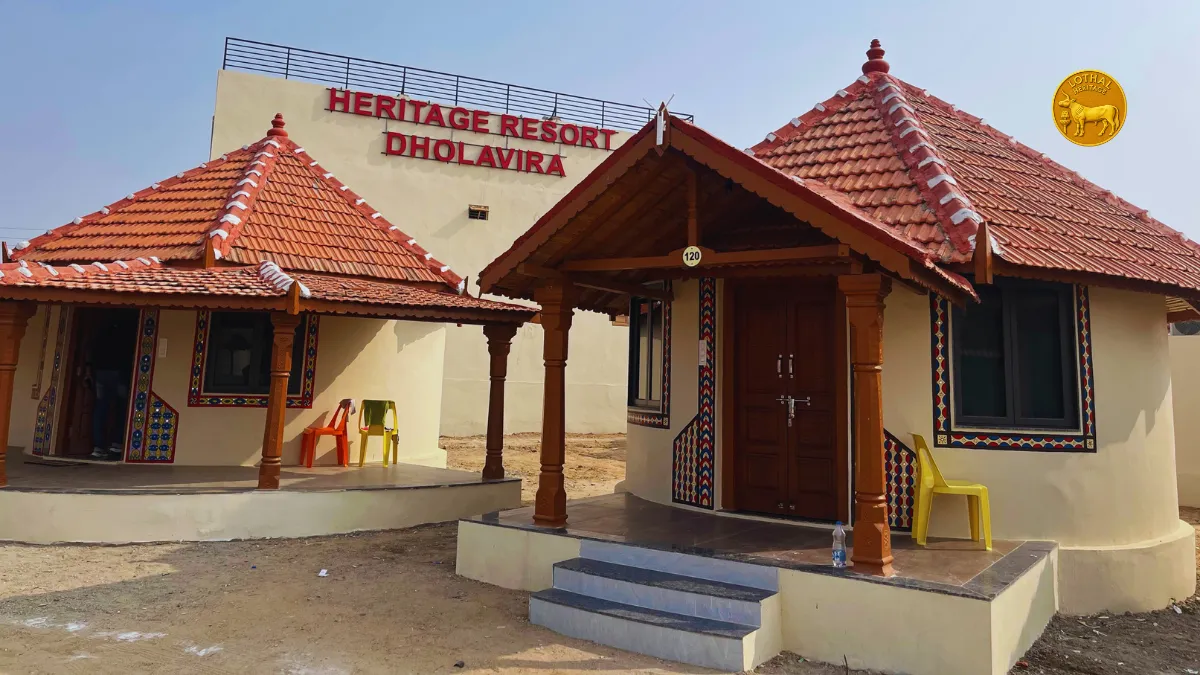Dholpur—Karauli Tiger Reserve is emerging as one of India’s most promising and lesser-known destinations for tiger conservation and eco-tourism. Nestled in the eastern region of Rajasthan, this newly proposed reserve spans across the districts of Dholpur and Karauli, offering a rich mix of forests, river valleys, and historical heritage. If you are a nature enthusiast or a wildlife traveler seeking unexplored trails, this reserve might soon become your next dream destination.
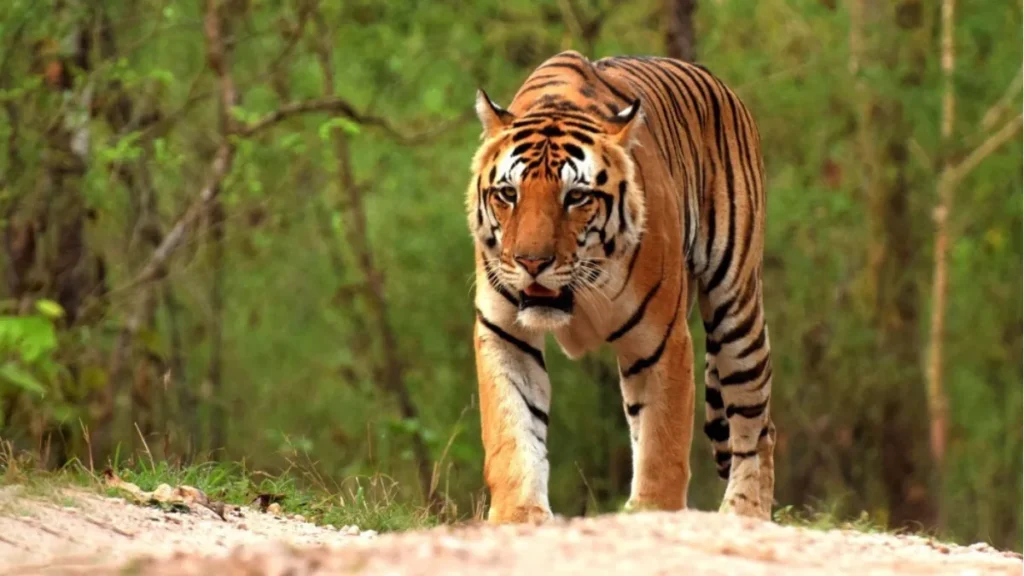
Why Dholpur Karauli Tiger Reserve is in the Spotlight
The Indian government has proposed the Dholpur—Karauli region as a new tiger reserve in response to increasing tiger population pressure in existing reserves like Ranthambore. This initiative is part of India’s broader wildlife conservation strategy to create more secure and spacious habitats for its growing tiger population.
The region not only offers ecological viability but also presents an opportunity to develop eco-tourism, generate local employment, and preserve the natural and cultural heritage of Rajasthan.
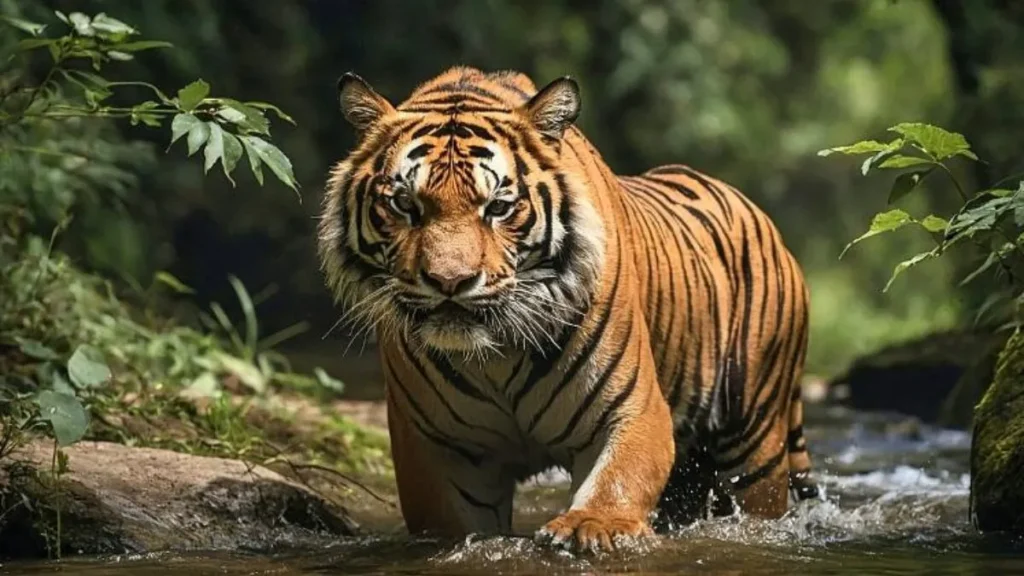
Geography and Biodiversity of Dholpur—Karauli Tiger Reserve
Located in the semi-arid zone of eastern Rajasthan, the Dholpur—Karauli Tiger Reserve covers parts of the Chambal River basin and the Vindhyan Plateau. It features a diverse landscape of scrub forests, ravines, grasslands, and riverine ecosystems.
Table: Key Details of Dholpur—Karauli Tiger Reserve
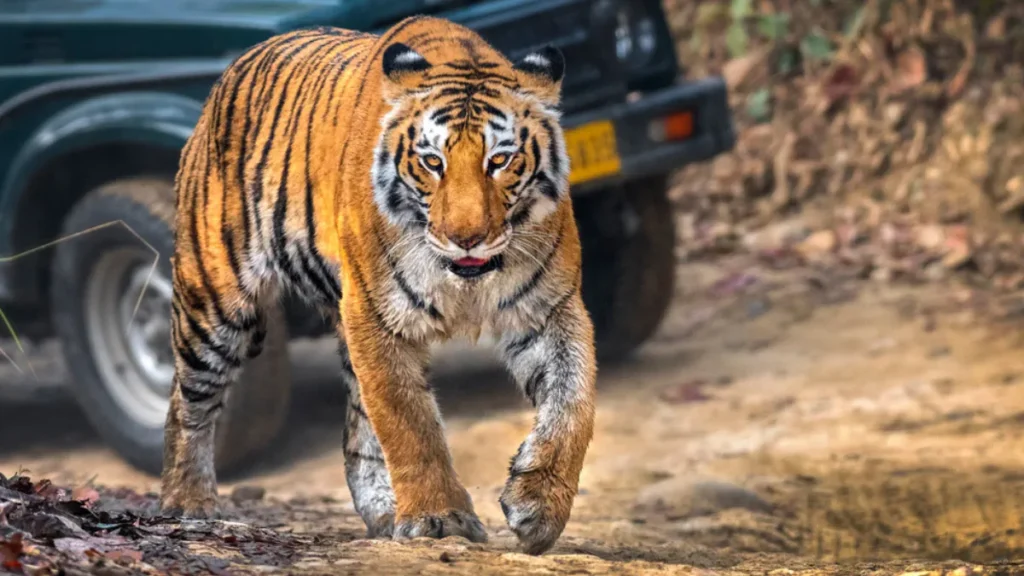
| Feature | Details |
|---|---|
| Location | Dholpur and Karauli districts, Rajasthan, India |
| Proposed Area | Approx. 1,100 sq km (subject to final approval) |
| Dominant Flora | Dhok, Acacia, Ber, Bamboo, Grass species |
| Key Fauna | Bengal Tigers (proposed reintroduction), Leopards, Hyenas, Jackals, Nilgai, Wild Boar |
| Nearby Attractions | Chambal River Safari, Machkund Temple, Kaila Devi Temple |
| Best Time to Visit | November to March |
| Nearest Railway Station | Dholpur Junction |
| Nearest Airport | Agra Airport (approx. 60 km away) |
Ecological Importance of Dholpur—Karauli Tiger Reserve
This region plays a crucial role in creating a potential wildlife corridor between Ranthambore Tiger Reserve and Madhya Pradesh’s Kuno National Park. Establishing the Dholpur—Karauli Tiger Reserve will help reduce pressure on Ranthambore, one of the most visited and saturated tiger reserves in India.
Moreover, the reserve includes the Chambal River ecosystem, home to endangered species like the gharial, mugger crocodile, and the Indian skimmer. Protecting this zone ensures a holistic conservation approach encompassing both terrestrial and aquatic life.
Local Community and Conservation Efforts
The success of Dholpur—Karauli Tiger Reserve heavily depends on the involvement of local communities. The state government has begun outreach programs to educate villagers about the benefits of tiger tourism and conservation. Employment opportunities as guides, forest watchers, and eco-lodge staff are expected to rise with the reserve’s development.
Additionally, relocating villages from core zones is being done through voluntary resettlement schemes with compensation, ensuring minimal human-wildlife conflict and better forest protection.
Tourism Potential of Dholpur—Karauli Tiger Reserve
Once operational, the Dholpur—Karauli Tiger Reserve will open new eco-tourism circuits in eastern Rajasthan. Tourists can expect jungle safaris, nature walks, bird-watching tours, and heritage site visits. The reserve’s proximity to famous sites like the Chambal River Safari and historical forts in Karauli makes it ideal for combining wildlife and cultural tourism.
The lesser tourist crowd compared to Ranthambore is a major draw for those seeking offbeat wildlife experiences.
Also read: Ranipur Tiger Reserve: Uttar Pradesh’s Emerging Wildlife Sanctuary
Governmental Support and Future Outlook
The National Tiger Conservation Authority (NTCA) has already sent a positive signal toward recognizing Dholpur—Karauli as a tiger reserve. Final approval and notifications are expected soon, followed by infrastructure development, staff recruitment, and tiger relocation (if required).
With sustained government backing, scientific planning, and local participation, the Dholpur—Karauli Tiger Reserve is poised to become a flagship conservation model in northern India.
Also read: Nongkhyllem Wildlife Sanctuary Location: Everything You Need to Know
Conclusion
The Dholpur—Karauli Tiger Reserve is more than just a proposed tiger habitat—it’s a symbol of how balanced development, biodiversity conservation, and community upliftment can go hand-in-hand. As India continues to champion wildlife preservation, reserves like this ensure that the majestic tiger has more protected homes and that eco-tourism spreads beyond the usual hotspots.
If you’re someone who loves nature, supports conservation, or simply wants to explore the wild heart of Rajasthan, keep an eye on the evolving journey of the Dholpur—Karauli Tiger Reserve. It might soon become one of the most thrilling additions to India’s wildlife map.

